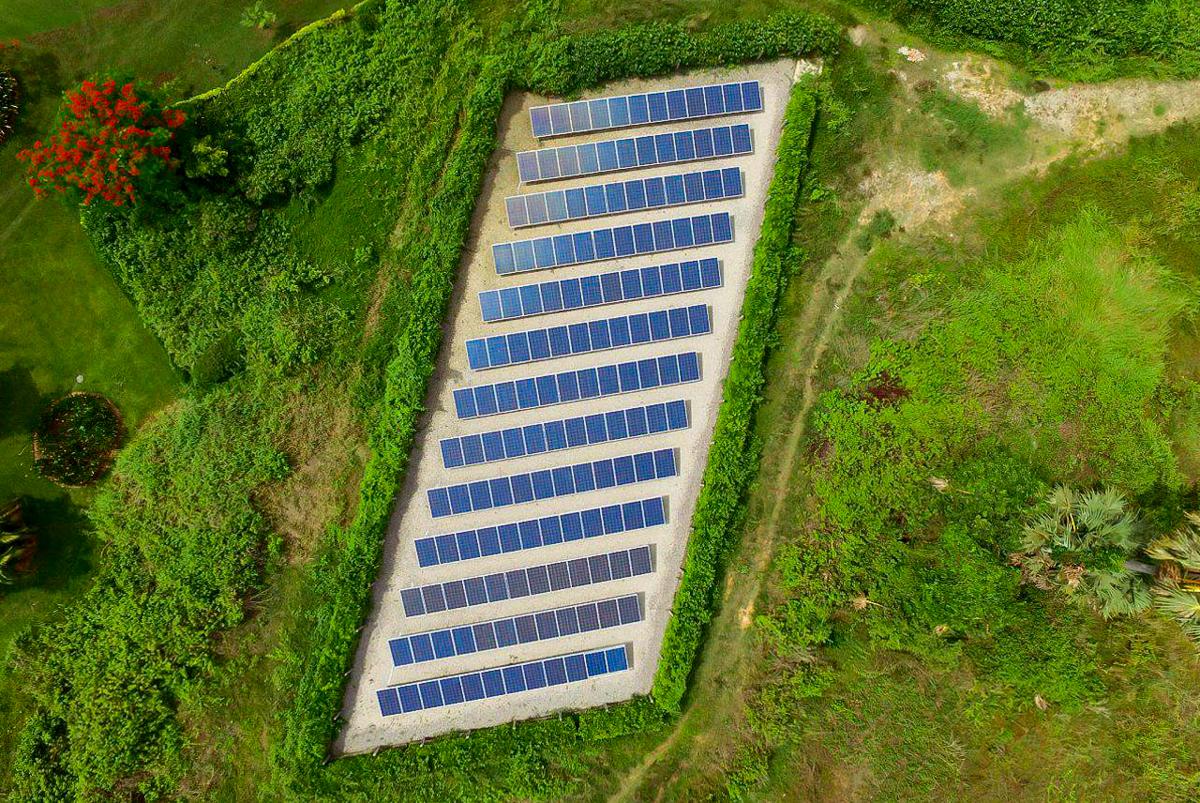Statement delivered by Haoliang Xu at the Humanitarian-Development Nexus and High-Level Dialogue on Energy as part of an event organized by UNHCR - Clean and Safe Energy in Refugee Settings: Moving forward on the Clean Energy Challenge.
Clean and Safe Energy in Refugee Settings: Moving forward on the Clean Energy Challenge
June 3, 2021

Photo: UNDP Cambodia solar panels
At UNDP, we are keenly aware that access to clean energy is a key development issue. We simply cannot achieve the Sustainable Development Goals without achieving universal access to clean energy, and we know that achieving sustainable energy for all is critical to spur inclusive growth and human development that leaves no-one behind.
Yet we are very far from the mark. It is unacceptable that nearly 800 million still lack access to electricity and the opportunities it brings, and that 2.8 billion people don’t have access to clean technologies and fuels for cooking. The lack of access to clean energy is a crisis, and one that affects the most the world’s most vulnerable communities, such as internally displaced people and refugees.
For these communities, the situation is particularly urgent. The High Commissioner mentioned already that of those displaced, more than 90% have very limited or no access to modern, reliable, and clean sources of energy. And: the situation is unfortunately very similar in host communities in these fragile areas.
Yet clean energy technologies can provide cost effective and reliable solutions for energy access in such communities. This shows how closely connected the humanitarian and the development space are, and how energy can be the golden bridge between the two.
UNDP and many other development actors are supporting this on various levels.
For example, UNDP is a longstanding partner and one of the founding members of the GPA, the Global Platform for Energy in Displacement Settings.
Energy in fragile settings is a strategic priority, and we implement various innovative projects with governments and partners on the ground.
In Yemen for instance, with our support, a group of ten women living in a the conflict-affected area of Abs have opened the country’s first privately-owned solar micro grid – pushing gender boundaries, earning an income, and inspiring many other men and women in the region while bringing clean energy to their communities.
However, I believe the development actors that have expertise in energy and livelihoods can do more and we should increase our efforts to support the humanitarian sector in this. We need to integrate refugees and other displaced people in national energy and development plans in order to achieve SDG 7 and make sure we do not leave anyone behind, especially the most vulnerable.
This leads me to now speak about this year’s opportunity to do just this:
For the first time in 40 years, the entire UN system is mobilizing ambition and action across governments, businesses and civil society to truly accelerate progress on Sustainable Development Goal 7, which is access to clean affordable and reliable energy, and the energy transition. This is a recognition of the urgency of the situation.
With less than ten years to achieve the SDGs and avert the worst impacts of climate change, it’s clear that we need to do more, faster, better and together when it comes to achieving SDG7 and a global transition to clean energy that is for everyone.
I urge all of you today to join the High-Level Dialogue on Energy by committing to an Energy Compact – a voluntary commitment every stakeholder can make in support of scaling up clean energy. At the end of the month, from 21 to 25 June, the Dialogue’s Ministerial Forums will further mobilize countries in support of ambition action for clean energy. Join us. We are ready to support turning your ambitions into concrete actions for the benefit of the displaced people and their host communities.
Thank you very much.

 Locations
Locations